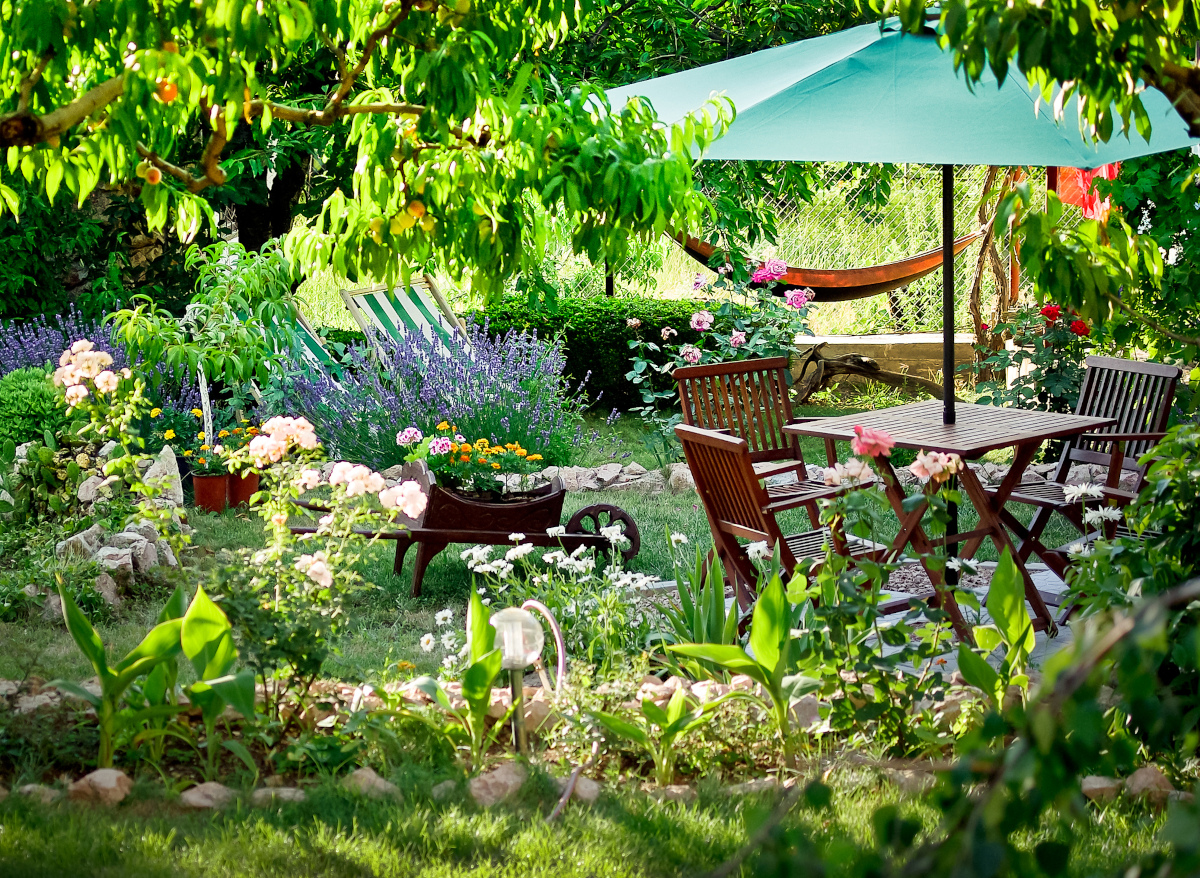

We may earn revenue from the products available on this page and participate in affiliate programs. Learn More ›
Rethink Your Definition of a Beautiful Yard
It’s time to leave manicured, neat, and tidy lawns in the past and get back to nature:”Rewilding” is a trend that allows areas of land to return to a natural state, restoring ecosystems and encouraging biodiversity. If enough people and organizations rewild their backyards and community plots, it may help mitigate climate change and biodiversity loss. Less human intervention allows nature to find its own balance, helps wildlife thrive, and lessens your yard maintenance.
Not ready for your yard to look overly wild? You don’t need to abandon your whole garden structure to implement some rewilding practices—just start with a few areas. Here are a dozen ways to bring wildlife back to your backyard.
1. Stop Using Fertilizers and Pesticides
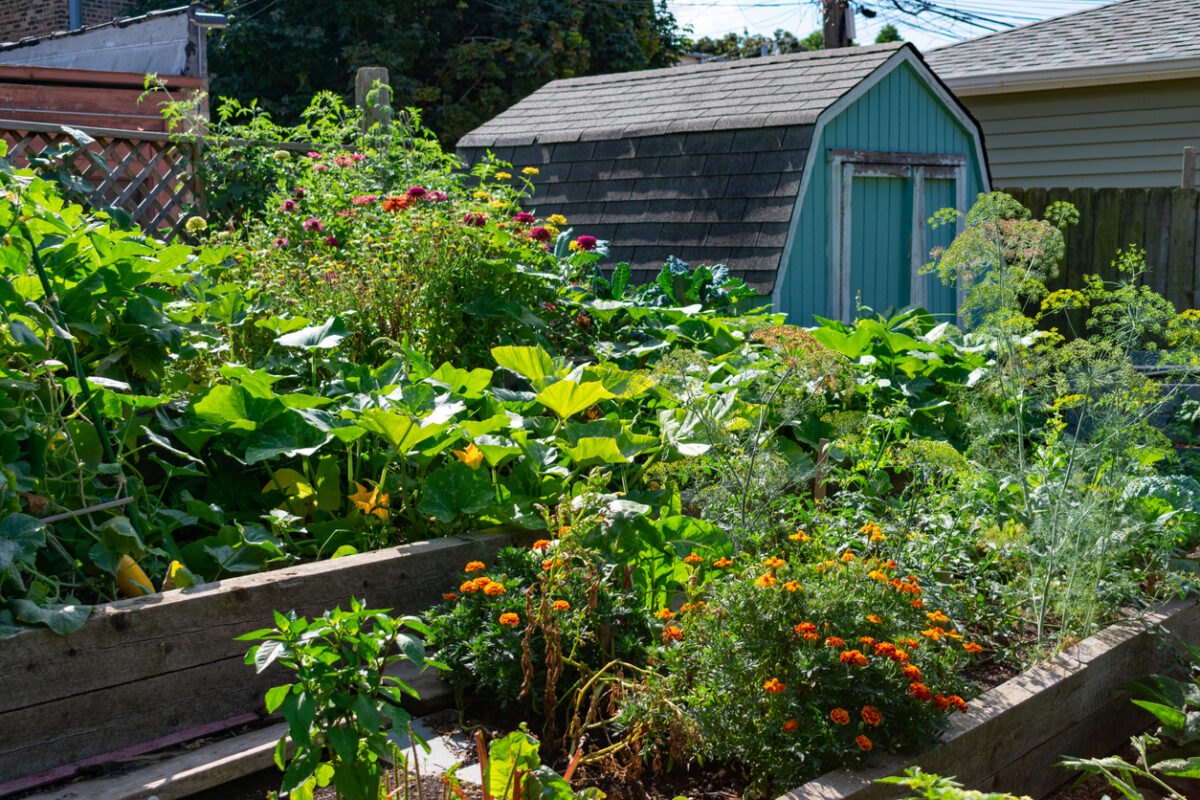
While the case can be made that fertilizers and pesticides help the plants you want to grow and herbicides kill the ones you don’t, you have to stop using them if you want to rewild your land properly. In order for an ecosystem to establish itself, you must stop using chemicals that harm natural species, including billions of microscopic fungi, bacteria, insects, and more.
RELATED: This Organic Gardening Supply Is Stirring Up Controversy—Should You Stop Using It?
2. Leave the Leaves
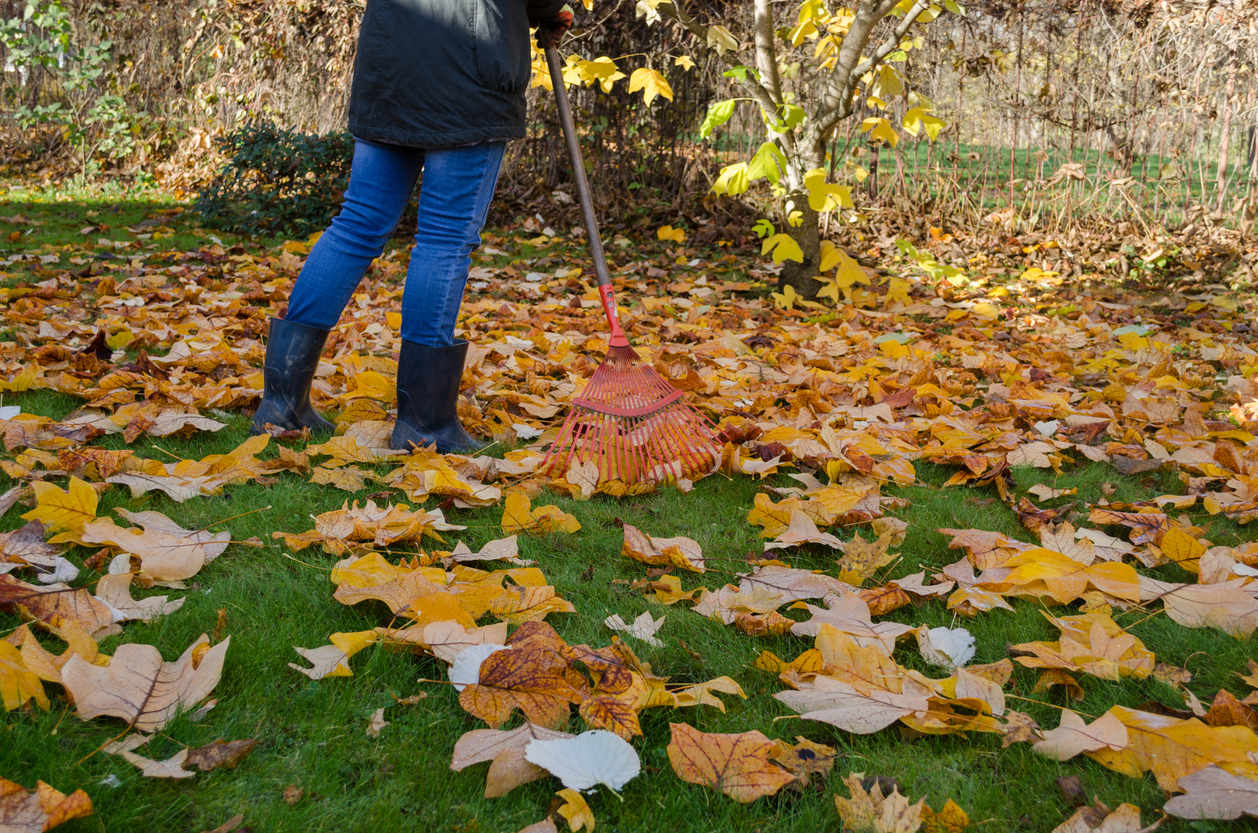
After raking, instead of bagging your leaves, move them into a pile in the corner of your yard. Insects and small mammals may use this pile to make a home, hide out, or take the material elsewhere to use as bedding.
Additionally, you can use fallen leaves as mulch, which reduces the amount of watering your plants need. Like a compost pile, leaves eventually break down into healthy soil for your plants, and support the microscopic life inside soil.
3. Let Weeds Grow
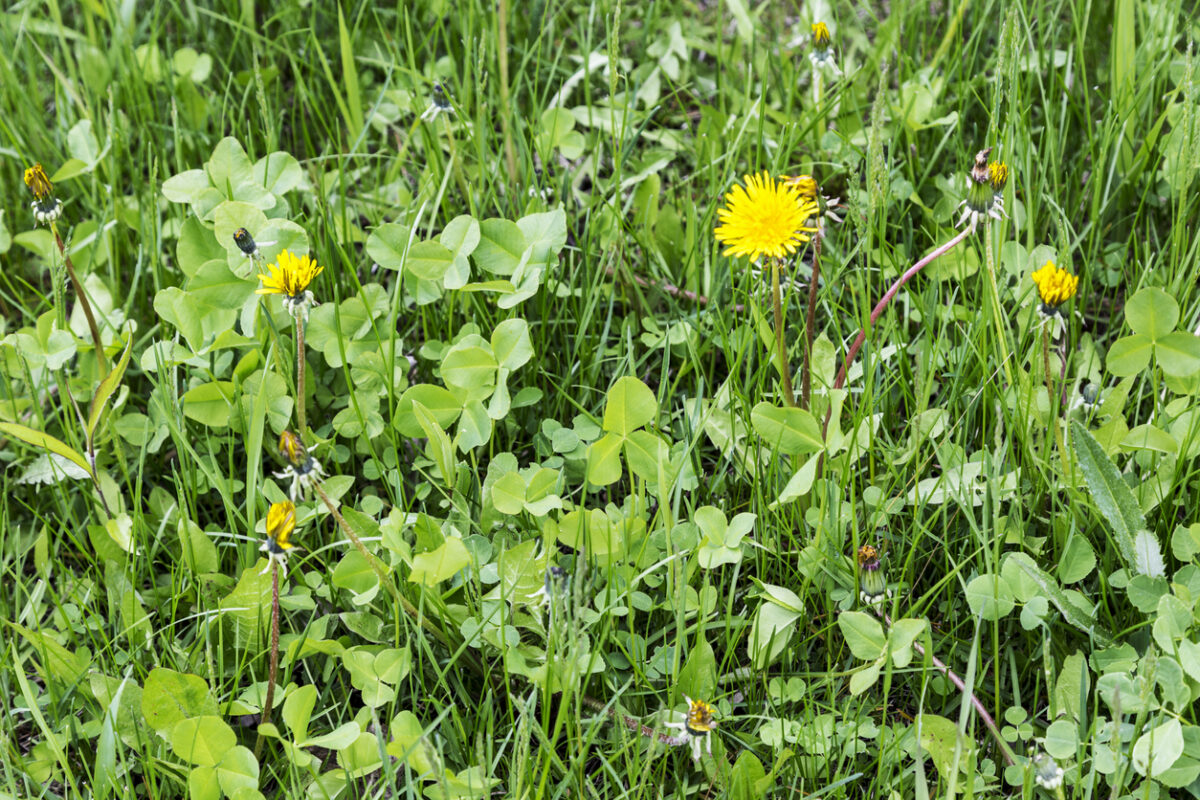
In most modern lawns or gardens, weeds are gotten rid of as soon as we see them sprouting. These plants–such as dandelions, nettles, and clover—get a bad reputation, but they can be quite beneficial.
Weeds are often native plants, so they’re well-suited to the local growing conditions. Known for their stubborn and hardy qualities, weeds generally don’t need much water to thrive, and when they flower, they offer color and substance to your yard. Flowering weeds also support bees and other insects with declining populations.
RELATED: 3 Surprisingly Good Reasons to Let Dandelions Grow in Your Yard
4. Add a Small Meadow of Wildflowers
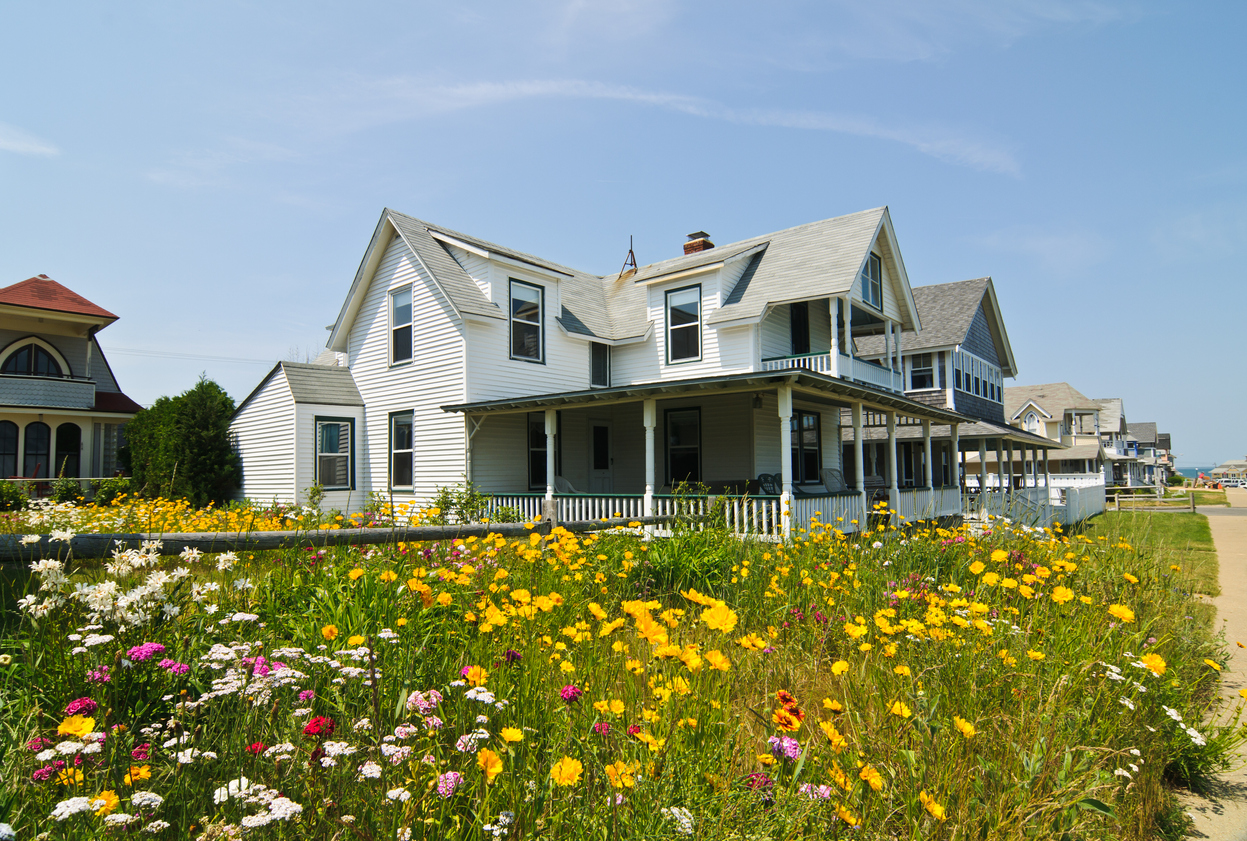
Do you actually use all of your yard? If not, transforming your lawn (or part of it) into a miniature meadow may be more beneficial for insects and other outdoor creatures. You will need to remove the existing turf and take away the top layer of soil, as wildflowers often grow better in less nutrient-rich conditions. Sow the seeds and watch your garden bed, borders, or yard, turn into a charming meadow that offers an accessible source of nectar to bees and other pollinating insects.
RELATED: How to Get Rid of Mosquitoes Naturally: Our 15 Best Tips
5. Trim Your Plants and Trees in Spring
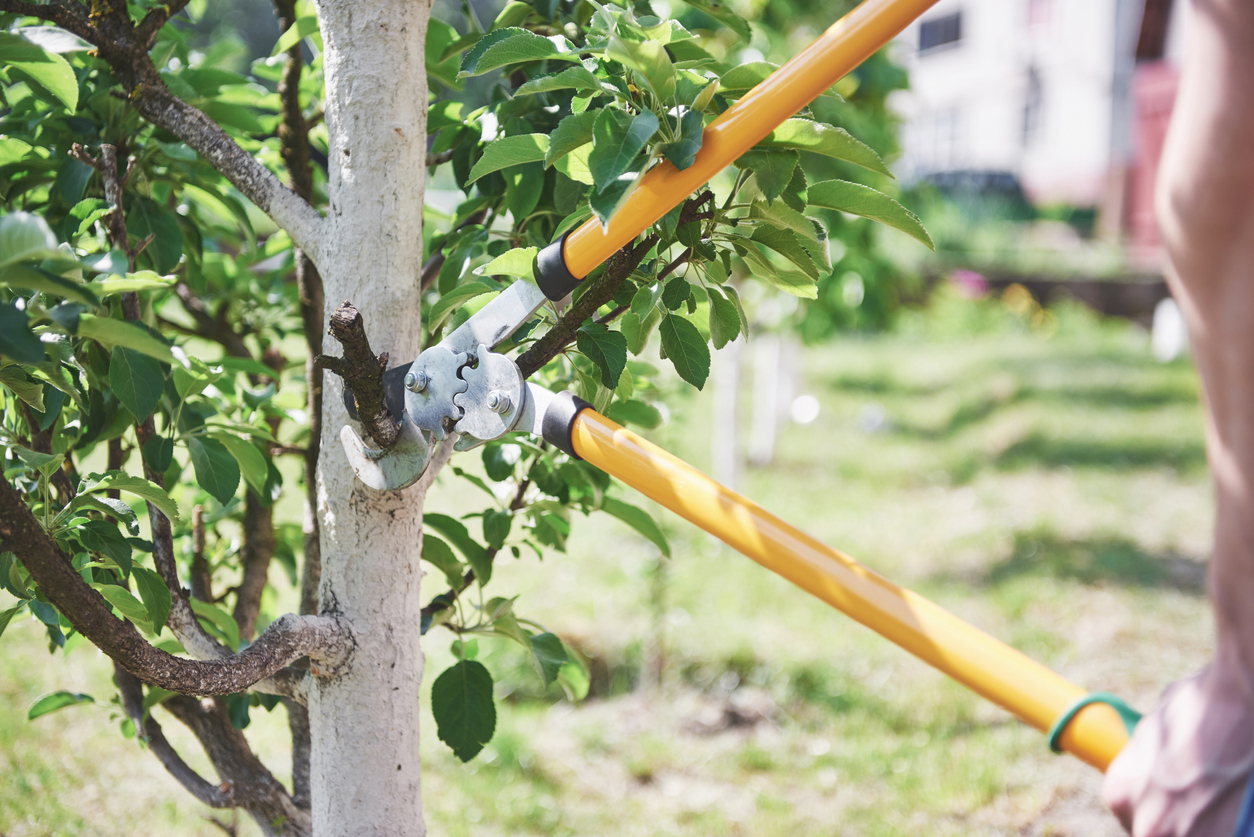
At the end of the growing season, many homeowners preemptively cut back their plants and trees at times when most trees are dormant. Instead, leave them be until new growth starts in the spring. These few extra months allow birds to continue perching on dead branches or feeding from them, and insect friends can also use them as a safe, protective place to stay through the winter. When the time comes for a spring trim, be on the lookout for tiny hummingbird nests and other animal homes.
6. Allow Small Creatures Safe Passage
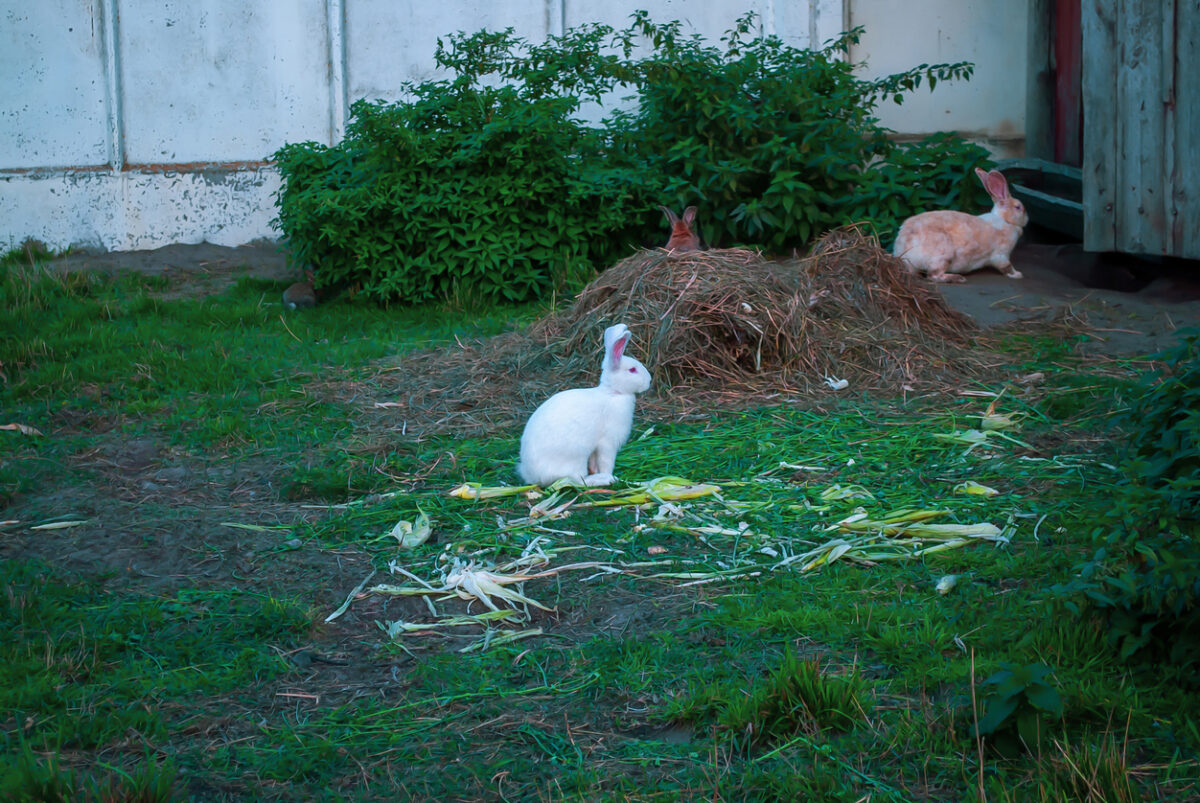
Despite its name, the concrete jungle many of us live in is not a safe habitat for local wildlife. Plenty of animals’ shelter, food, and water sources are broken up by stretches of dangerous streets and impassable fences, often cutting these creatures off from what they need to survive.
While you can’t control the layout of your neighborhood or how your neighbors regard unexpected animal visitors, you can help by adding some small holes or openings to your property’s fencing to allow small critters safe passage. Keep these apertures small enough so that you’re letting the likes of hedgehogs and bunnies, not predators, to pass through—especially if you have children or outdoor pets.
RELATED: 12 Rabbit-Resistant Plants for Your Home Landscape
7. Stop Digging in the Garden
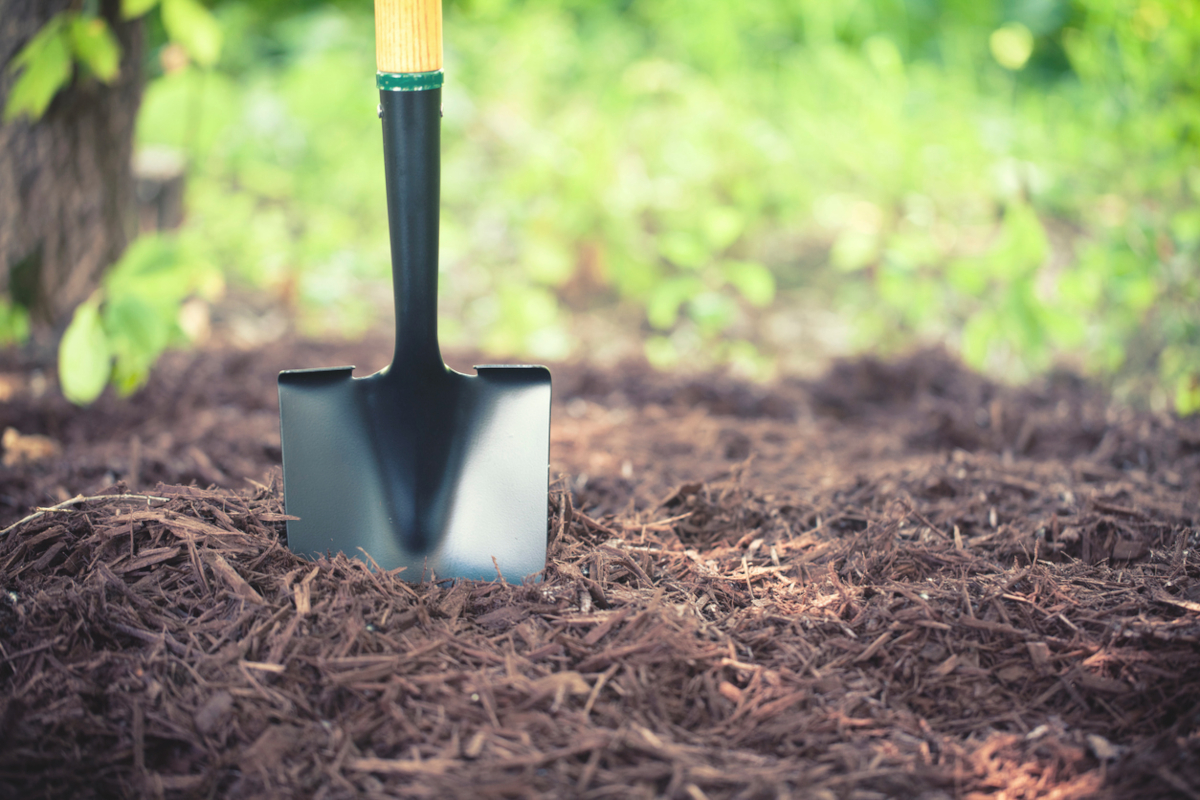
It’s time to put the shovels and spades away. No-dig gardening is based on the premise that constant digging disrupts soil, destroying the beneficial microorganisms and microbes that live within. These organisms provide nutrients and moisture to plants, helping them grow.
Instead of digging, add mulch regularly to keep things in balance. All it takes is a little organic matter, like compost, added to the topsoil to keep it nice and healthy.
8. Stack Firewood Year-Round
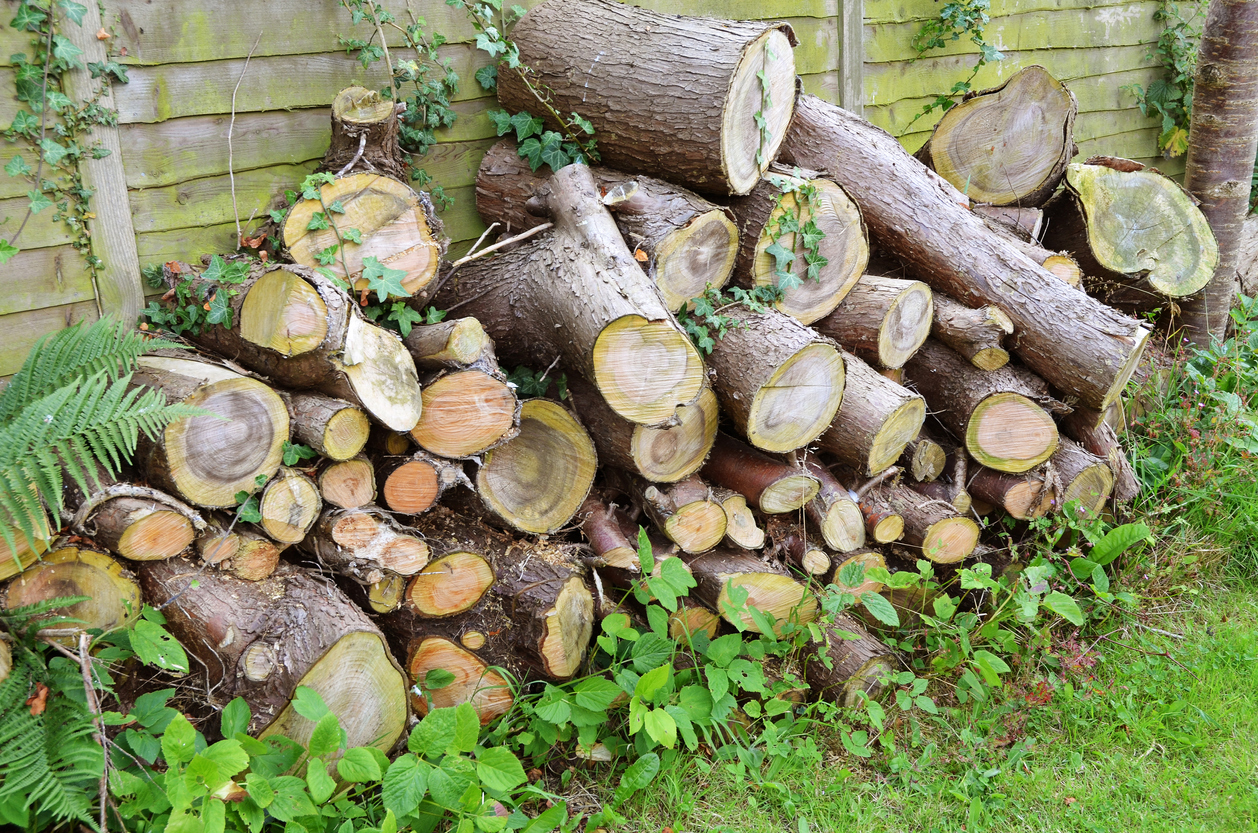
Even if you don’t have a fireplace for cold winters or a fire pit for summer gatherings, there are benefits to keeping a stack of logs in your yard. Insects in particular thrive in even the neatest of wood piles. Beneficial insects such as ground beetles seek shelter in and under logs. These garden pollinators prey on ants, mites, and slugs, so it’s a good idea to give them shelter.
RELATED: How to Get Rid of Mosquitoes Naturally: Our 15 Best Tips
9. Introduce a Water Source

Water is a wonderful addition to an ecosystem. Whether it’s a small backyard fish pond, birdbath, or ground depressions where rain puddles can form and evaporate, ecosystems and the creatures that live in them love a water source.
If you decide to add a water feature to your urban plot, make sure to take care of it. Add some rocks to help prevent insects or small rodents from drowning. Change the water and clean any bird baths to reduce mosquito larvae and prevent diseases that can harm birds and other wildlife.
10. Let Your Grass Grow

Lawns that are kept short and mowed don’t do Mother Nature any favors. Regular mowing prevents flowers from blooming and seeds from forming, and it also affects wildlife in the area. Lawns look good with tall grass, and longer grass benefits the insects, bees, butterflies, and birds that need it for shelter, food, and more.
RELATED: 5 Good Reasons Not to Mow the Lawn This Weekend
11. Make Layers of Wilderness
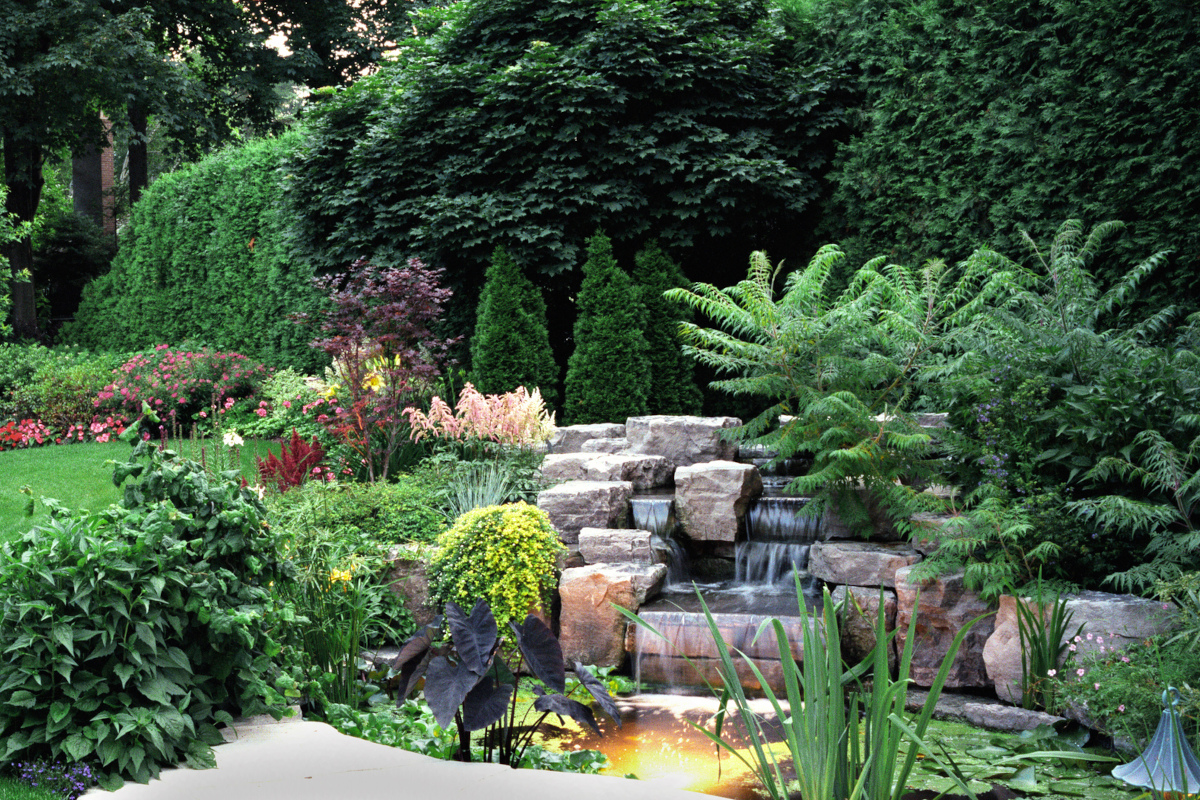
In the wild, elements at different heights build out an ecosystem, offering more hiding places, food sources, and organic material for organisms to thrive. When you add multiple heights and surfaces of wilderness to your urban plot, you’re imitating the different layers that appear in nature.
For example, the ground layer may be composed of moss and fungi. On top of that, you’ll find the understory layer made of flowers, grasses, weeds, and herbs. Higher still is the shrub layer of bushes, and high above all of it is the canopy layer of trees. All of these layers work together to create a more well-rounded home ecosystem.
12. Choose Better Seeds

Rewilding your plot of land doesn’t mean you have to give up gardening, but you should be mindful about the seeds you plant.
Insects are drawn to scents, shapes, colors, and variety, which lure them to the nectar. Selecting flowers that are blues, purples, and pinks helps insects find them during the day, and white flowers can be seen at night. Additionally, be sure to select plants that are native to your area. Choosing seeds or plants that aren’t native or adapted defeats the purpose of a rewilding project and will likely end in failure.
If you’re growing vegetables, find organic production seeds labeled “heirloom” and “open-pollinated.” These types of seeds haven’t been modified, which is best for a balanced ecosystem. Practicing companion planting by growing flowers next to vegetable plants also encourages insects to eat the flowers and leave the veggies alone.
